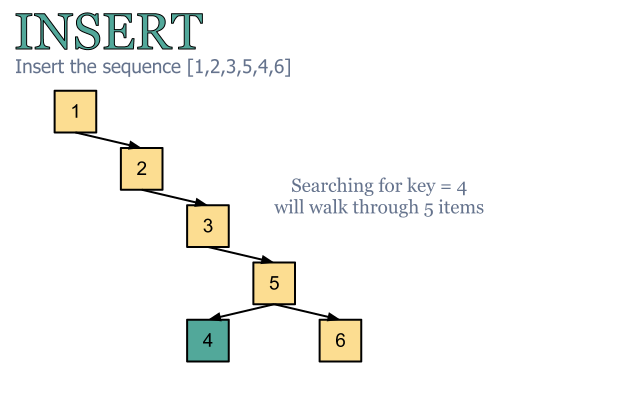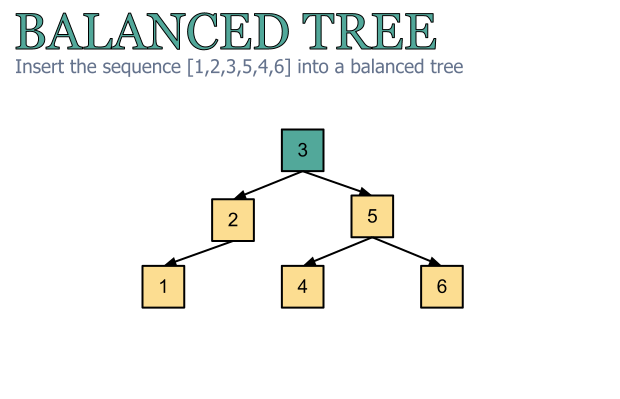Introduction
Along with the Kruskal’s minimum spanning tree algorithm, there’s another general algorithm that solves the problem. The algorithm of Prim.
As we already know the algorithm of Kruskal works in a pretty natural and logical way. Since we’re trying to build a MST, which is naturally build by the minimal edges of the graph (G), we sort them in a non-descending order and we start building the tree.

During the whole process of building the final minimum spanning tree Kruskal’s algorithm keeps a forest of trees. The number of trees in that forest decreases on each step and finally we get the minimum weight spanning tree.
A key point in the Kruskal’s approach is the way we get the “next” edge from G that should be added to one of the trees of the forest (or to connect two trees from the forest). The only thing we should be aware of is to choose an edge that’s connecting two vertices – u and v and these two shouldn’t be in the same tree. That’s all.

An important feature of the Kruskal’s algorithm is that it builds the MST just by sorting the edges by their weight and doesn’t care about a particular starting vertex.
In the same time there’s another algorithm that builds a MST – the algorithm of Prim designed by Robert Prim in 1957. Continue reading Computer Algorithms: Prim’s Minimum Spanning Tree



